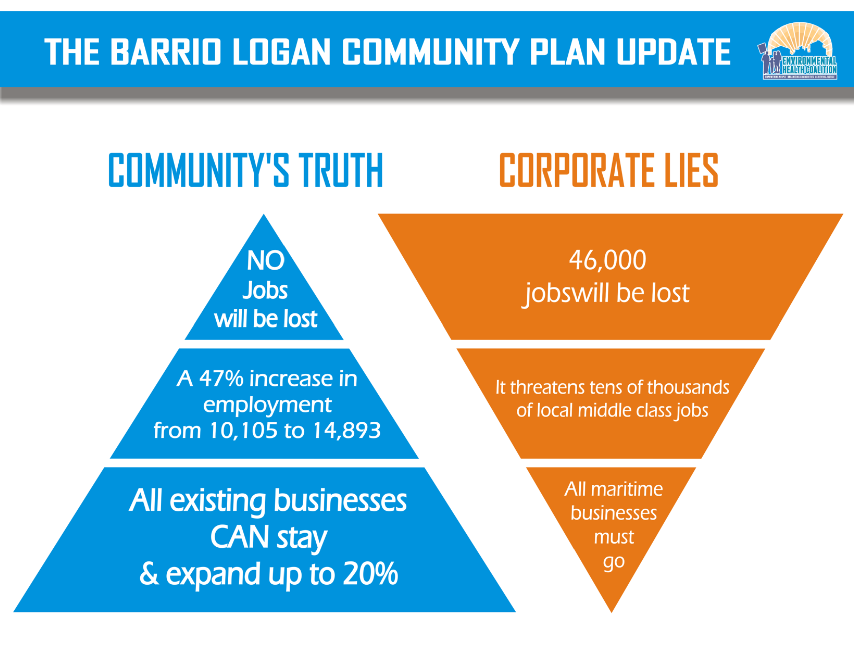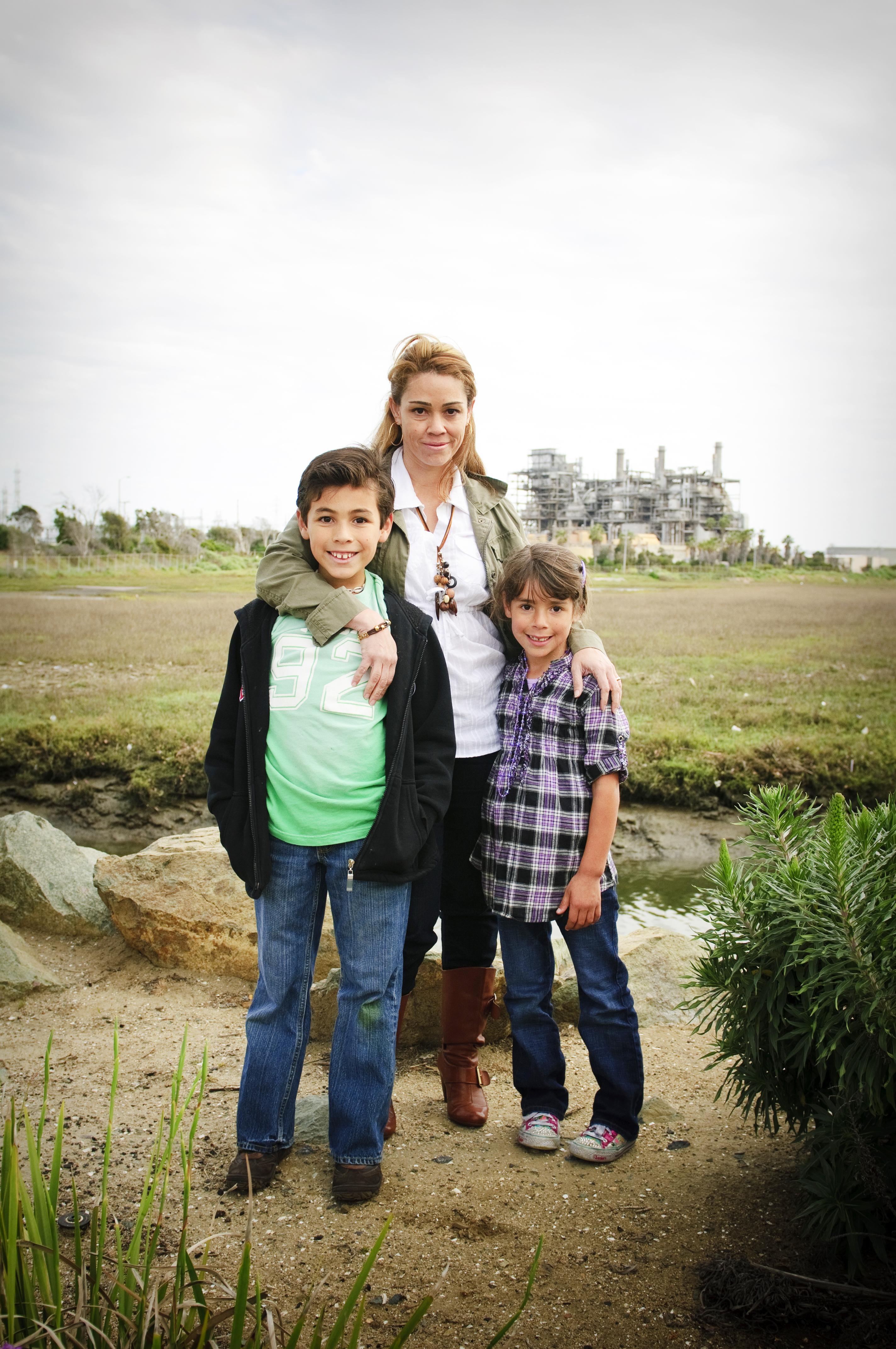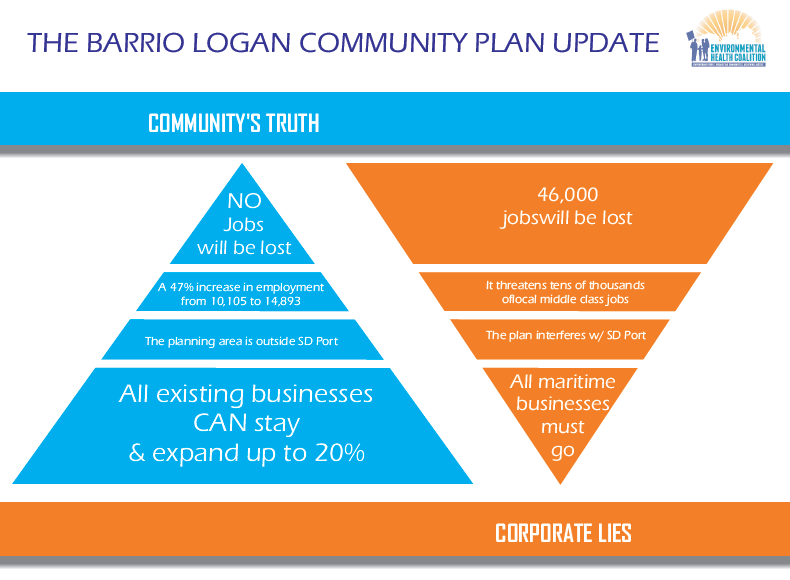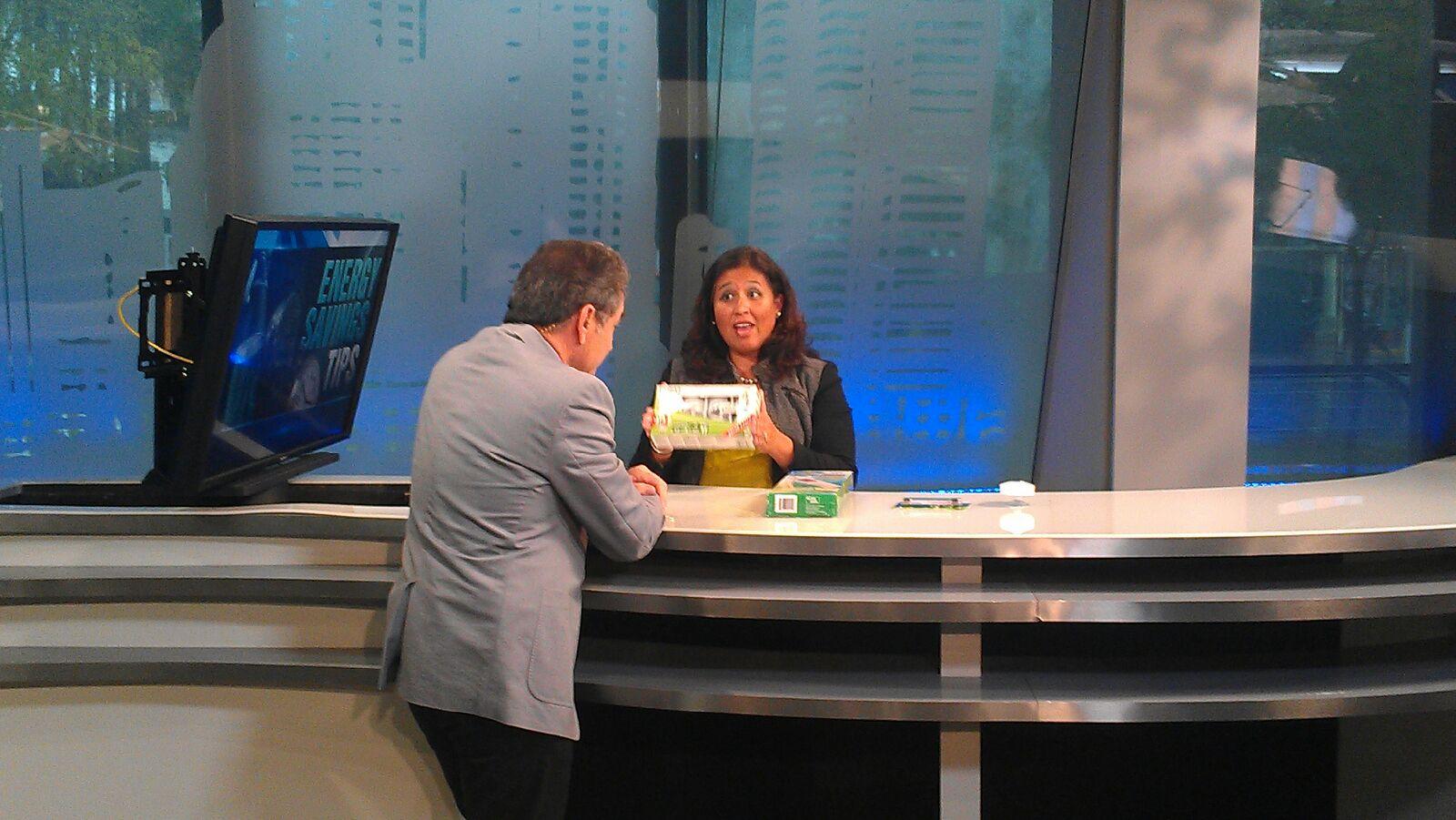You may have seen them-- the petitioners outside of every grocery store in San Diego collecting signatures to oppose the Barrio Logan Community Plan, which City Council already approved in both September and October.
Well San Diego, you have been lied to. Lied to about a neighborhood not far from where you live that has suffered from toxic pollution, chronic asthma and environmental injustices for nearly thirty years. It finally has a chance to become healthy and toxic-free by separating local homes from industries, but the polluters are multi-billion-dollar industries that don't care about our communities.
I recorded this video at the Ralph's in Mission Valley and this video to expose how far from the truth these signature gatherers really are.
Here is the truth about the Barrio Logan community plan: It was drafted through a five-year, City-led planning process. It designates a heavy industrial zone away from homes and schools to create a clear separation of industrial and residential zones, along with a buffer zone that incorporates office buildings and parking structures to make Barrio Logan a safe place to live and play.
Do you think community members would draft a plan that eliminates jobs that they need, or that City Council would approve it, twice? These are blatant lies to scare you.
While industry supporter Chris Wahl regards this as an "isolated incident," our social media followers have had their own encounters.
"Same "isolated" incident at the Albertsons on University in North Park. The signature gatherer did not appreciate it when I loudly protested his claim of a 46,000 maritime job loss."
"Same "isolated" incident at Home Depot on Balboa and Genesee. My wife got into an arguement with the women there, who was incredibily rude! She went inside and complained to the store manager. These people are getting paid for these signatures and the folks who are simply out shopping don't have a clue. WHAT A SHAME!"
"Chris Wahl of the Protect our Jobs Coalition, which I interpret as a front for Port of SD Ship Repair and others in the industry has way more signatures than he needed--because the hired signature gatherers were simply asking people "sign here to save jobs." The real issue, toxins and their effects on Barrio Logan kids, never surfaced."
"Last Saturday I spoke with one of the petition folks. He said that the plan will result in building 500 homes in land currently used for industrial purposes. I asked to see a map of the area and he told me if the issue goes for a vote then I will see the map. When I pressed him to see the map he told me to leave."
"I got the same story from a signature gatherer outside Trader Joe's in Mission Valley a week ago Wednesday. It took a while for me to figure out that the petition was to rescind the City Council's decision and was backed by business, not the community. I told him I would not sign."
"I heard the same lies from signature gatherers at three different grocery stores. All three talked about the community plan causing the loss of thousands of jobs. This was two weeks ago at Sprouts on Third Street in Chula Vista, last week at Sprouts on Rosecrans, and yesterday at Whole Foods in Hillcrest."
EHC continues to support our communities and stand up to the massive polluting industries trying to silence them.
You can help by commenting on our Facebook with your petitioner experiences and spreading the truth about the Barrio Logan community plan to everyone you know. Don't sign any more petitions!
Thank you.
Diane Takvorian
Executive Director






